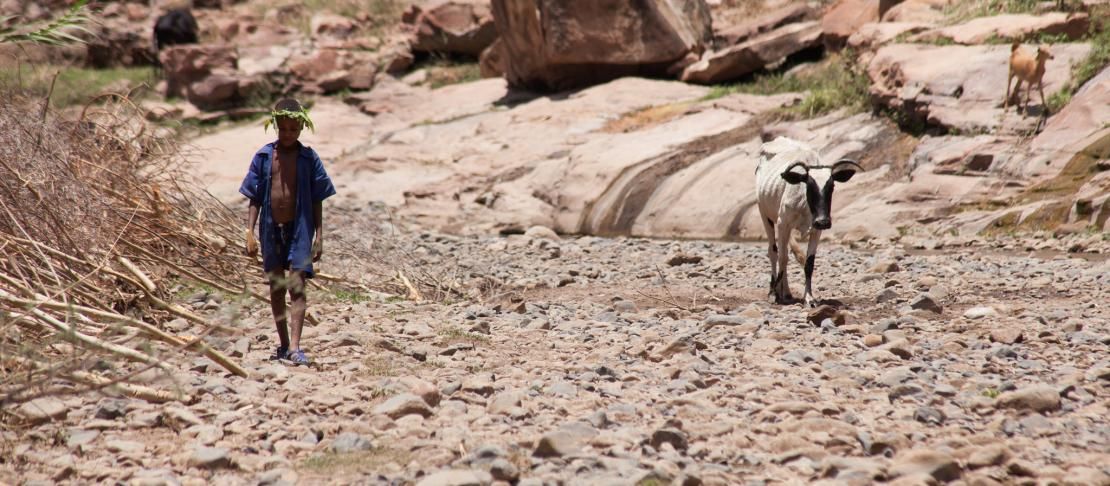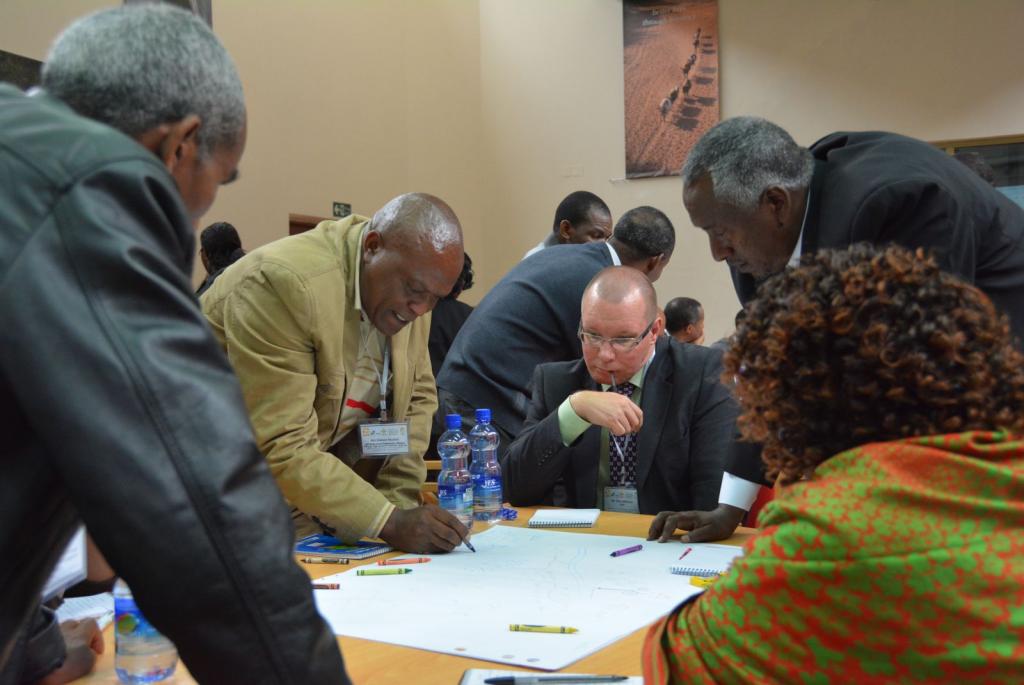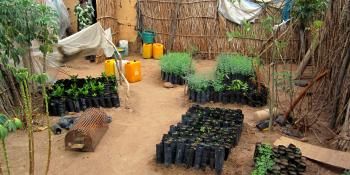How do we best create climate-resilient drylands in Africa?

Community-based adaptation experts seek approaches to community-based approaches to building resilience
What effect does climate change have on dryland pastoralists and smallholders in Africa? And how can communities be engaged with building resilience?
Care International Adaptation Learning Program for Africa (ALP), The CGIAR research program on Climate change, Agriculture and Food Security (CCAFS) and African Insect Science for Food and Health (ICIPE) are currently co-leading the learning event "The Community Based Adaptation and Resilience in East and Southern Africa’s Drylands".
The event is aimed to be a learning experience for practitioners, researchers and policy makers and has brought 80 participants together, seeking to increase knowledge on adaptation and resilience and also the implementation of best practices.
Participants in the learning event will be seeking to answer the following critical questions:
- What is the added value that Community-based Adaptation practical experience brings to achieving resilience in dryland communities?
- How are climate change and related responses exacerbating the entrenched drivers of differential vulnerability among communities living in drylands? What are the barriers and drivers to change?
- What would an integrated and coherent approach to achieving resilience in vulnerable dryland communities look like?
Africa's climate is changing fast, and aggressively
The African climate has been changing a lot, and it is very difficult for weather forecasters to give correct predictions. The same issue also applies in the the use of indigenous knowledge where communities are not very sure about trusting people who have saved old, traditional knowledge, and want to bring it back into society. These changes in the climate affect the very poor in society, including smallscale farmers and pastoralists, who are not able to protect their households and livelihoods from external weather events.
The climate of today is different from the climate of yesterday, and we have no idea how the climate of tomorrow will look like,” said Jasper Mwesigwa,Climate Prediction and Applications Centre (ICPAC) as he made a presentation on dryland climate.
Successful adaptation and resilience, demands for capacity building at all levels and integration across disciplines.
This point was further reiterated by Maren Radeny, CCAFS Science Officer for East Africa, who pointed out that, “the findings of the recently released IPCC report call for urgency in adapting to climate change. Recognizing that climate change is not static, we need to come with dynamic solutions to adapt to climate change and where possible integrate mitigation.
As an example, Maren pointed out that CCAFS research work is adopting climate-smart villages as a model for addressing climate change in the agriculture sector. The villages are areas where farmers, researchers, development workers, private sector and government are working together to test climate-smart agriculture interventions.
Read all blogs on the climate-smart village approach across our regions
Ato Berthanu, Director, State of Environment, Assessment and Reporting Directorate, Ministry of Environment and Forestry, Ethiopia, said that Africa needs to build resilience capacity in order to cope with climate change. In this sense, community- based approaches have the potential to build the capacity of communities to cope with the impacts of climate change.
Learning needs to lead to a change
During the opening ceremony, Garth Van Hul, Country Director of CARE Ethiopia emphasized that, the need for meaningful learning has never been greater and such events are occasions for participants to take their time to learn from the different stakeholders.
There are a lot of success stories to learn from in Africa, and it is time to document and share these approaches widely. If we learn lessons and don’t change the way that we practice I question whether we have truly learned, said Garth Van Hul.
Looking forward, Fiona Percy, Regional Coordinator, Adaptation Learning Programme (ALP) CARE International, said that the lessons shared during the learning event would be used to prepare for critical events in 2015 such as the Post 2015 Framework for Disaster Risk Reduction (Hyogo Framework) and the 21st Conference of Parties under the United Nations Framework Convention on Climate Change.
Fiona Percy's presentation:
Building the living keynote wall
Over the next four days, participants will work together to build the living keynote wall. After the first day discussions, some of the emerging building blocks were: decision-making under uncertainty, governance-agency-rights, changing face of drylands, integrating knowledge sources, multistakeholder interactions, community based focus and measuring resilience.
Follow the discussions on the dedicated Wikispace, where all the notes, agendas and pictures from the event will be saved. The meeting is being held from 1-4 September, at the International Livestock Research Institute (ILRI) Addis Ababa Campus in Ethiopia.
Photos by: S. Kilungu (CCAFS East Africa)
This story was written by Catherine Mungai, researcher from CCAFS East Africa, and Solomon Kilungu, Communications Assistant with the East Africa team.





